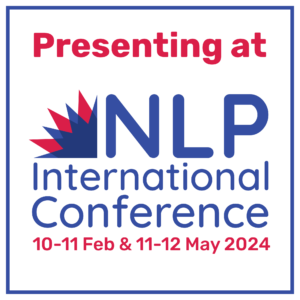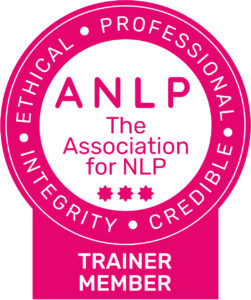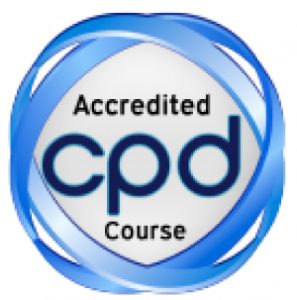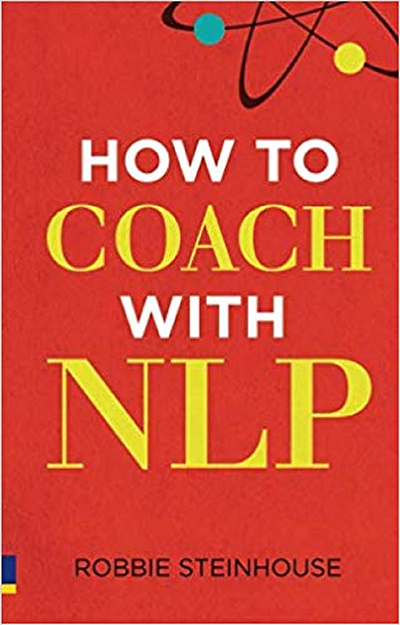Improve Your Confidence With NLP
Confidence is so important to us because it acts as an antidote to anxiety.
Being confident means not fearing the future, the present or the past. Being confident means knowing that, no matter what, you will be able to handle it.
This level of self-confidence is extremely attainable. Your capacity to take on any challenge that crosses your path is actually a proven ability.
If you look back across your past experiences, you will notice that there is, in fact, no challenge that you were unable to overcome.
How do I know? Because you are living proof of this.
To use a much-quoted line, originally written by Nietzsche, and more commonly attributed to Kanye— “what doesn’t kill you, makes you stronger”.
This statement is nothing more than a model of confidence. You should have the confidence to believe that you can overcome any obstacle because, so far, you have.
But for those times when philosophy (or Kanye) isn’t quite enough, here are a few helpful techniques, courtesy of NLP School, to help improve your confidence.
Modelling Confidence
Modelling, in this context, means mirroring the behaviour of others. This can incorporate everything — from the way someone speaks, to how they stand, to how they think about the world.
There are two ways to use Modelling to improve your confidence:
1. Modelling others
Step 1: Identify the people who you consider to be confident. Notice their behaviours, language, mannerisms and body-language. What makes them come across as confident? Is it how they look? Speak? Stand?
Step 2:Apply this to your own behaviour. Try speaking the way they speak and using the same language as they use. Try mirroring their body-language and other mannerisms.
You do not have to Model yourself entirely on one person. In fact, you are encouraged not to. It is better to select elements from each individual and create a sort of “collage of confidence”. This will help you discover a model of confidence that is truly your own.
2. Modelling yourself
However, for the purposes of improving confidence, the best person to Model yourself on is — yourself.
Step 1: Notice how you stand, speak, think and behave when you are next feeling confident. Is your voice a different pitch and tone when you are confident versus when you are not? Scan your body — is there somewhere in particular where you carry tension, which disappears when you are feeling more confident? Notice these things. Gather this information.
Step 2:The next time you don’t feel confident, notice how this lack of confidence is transpiring. Are you slouching? Is your voice higher-pitched? Is your breathing shallow? Then Model the confident version of yourself. If your slouch disappears when you are confident — manually adjust it now. Level your breathing. Adjust your voice. Act it until you become it.
Often, when we are feeling at our best, we relax our self-awareness and growth. But happiness is, in fact, the best place for us to grow from. There is no one better to Model yourself on than the best version of yourself.
Anchoring Confidence
Anchoring is based on the stimulus-and-response model developed by Pavlov, of the salivating dogs fame. The premise is simple. Right now, you may feel self-conscious, unsure, anxious and afraid. However, there was a time when you felt confident, capable and able to do things well.
Anchoring will allow you to tap into this memory at will. Here’s how:
Step 1: Think of a time when you felt confident. It doesn’t have to be grand or ambitious — anything will do. Then meditate on it for a few moments. Experience the memory fully. Allow yourself to feel, hear and see it.
Step 2: When you feel fully in contact with the memory, touch one of your knuckles.
Step 3: Come out of your memory. Look around you. Become present. Notice all the sights, smells and sounds around you.
Step 4: Touch your knuckle again. Notice how you feel.
Step 5: Repeat Steps 1–3 until your brain starts to associate you touching your knuckle with the feeling you experienced during your memory.
After Step 5, touching the knuckle becomes an Anchor, and can be used when you next need a boost in confidence.
Challenging Negative Beliefs
Underlying a lack of confidence is a belief. Find the belief, and you find the root cause. Find the root cause, and you can cure your lack of confidence at its source. Often, a lack of confidence stems from a belief about a lack of ability. Here’s how to change that:
Step 1: Identify the situations in which you feel you lack confidence. This might be social situations, certain business scenarios or your love life. Is there a scenario that you repeatedly dread, or one in which you always wish you’d done better? Start there.
Step 2: Notice how you think in these scenarios. For instance, is there a negative narrative that goes through your head every time you speak in public or go on a date?
Step 3: Identify your negative belief. This is the statement underlying the negative narrative. For instance, for a lack of confidence in social situations, the underlying statement might be “I am not likeable”. For those who need more confidence when speaking in public, the statement may “I am not good at speaking to many people at once”. This is your negative belief.
Step 4: Once you have identified the negative belief underlying your lack of confidence, you need to question this belief. Analyse it thoroughly and do not take it for granted. Ask yourself: When did I first start to believe this? and Why?
Step 4: Now challenge this belief. Think of as many examples as you can when this belief was called into question. They don’t have to be significant or big. Just anything which disproves some aspect of the belief. It doesn’t even have to be directly relevant. Think creatively. For example, to disprove the belief of being bad at public speaking, you can think of a time when you spoke well in front of a big group of people at a party.
By dismantling a belief in this way, you not only disempower it, but also chip away at your lack of confidence, one root at a time.
Confidence vs. Competence
A lack of confidence occurs on the level of competence (i.e. what you can and cannot do), not on the level of identity (who you are).
There is nothing wrong with you if you don’t feel confident in any given situation. It is merely a sign that you need to acquire and master a new skill, or overcome a negative belief about your current abilities.
By understanding that the root of confidence is competence, you can approach a lack of confidence from a better, more empowered perspective and the create space for change.
About the Author
Sophie Leane is a guest contributor to The NLP School on Medium and the NLP School blog. You can also find her writing on Medium HERE.
Did you like this post?
Then check out our events and courses!
Where to find us
For posts, events, free open days and more, follow NLP School on:










